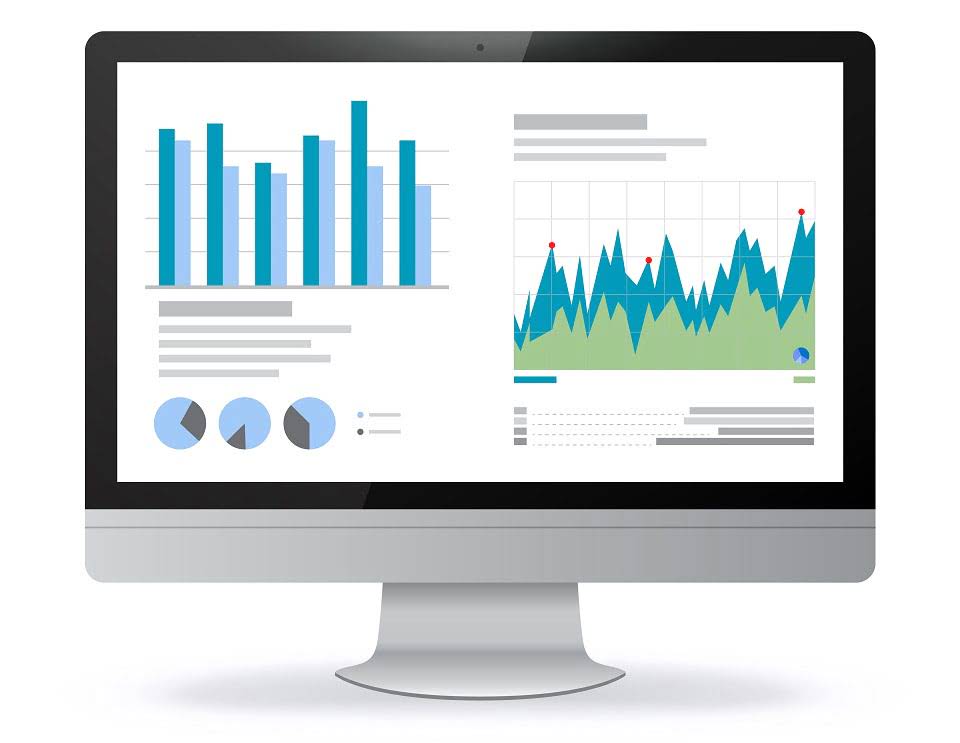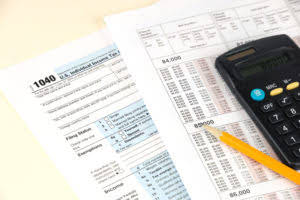
Understanding product costs helps businesses set competitive and profitable prices by accurately calculating the cost of goods sold. This figure helps in assessing the non-production-related expenses and in strategic planning for future financial periods. Fixed costs Grocery Store Accounting remain constant for a given tenure, irrespective of the level of output. Generally, fixed cost consists of fixed production overhead and Administration Overhead. The fixed cost per unit of output will vary inversely with changes in output level. Fixed cost is treated as a time cost and charged to the Profit and Loss Account.
Key Differences Between Product Costs and Period Costs
Read further to understand Period Costs, the factors surrounding their meaning, different types, advantages, and examples. Period costs reduced net income when they are expensed on the income statement. Period costs take from the revenue of a company during that accounting period and thus will have an impact on the net income for that period. Period costs are only reported on the income statement for the period in which they are used up or incurred. So, it is only for that accounting period that period costs will reduce the net income.
What Effect Does Period Cost Have on the Income Statement?
Reporting period costs are based on the revenue for which they are incurred and the accrual for a specific accounting period. These expenses are charged to the statement of profit & loss and are not directly related to production. Period costs, also known as operating expenses, are expenses that are not directly tied to the production of goods or services. Instead, these costs are added over time and charged during a specific accounting period. Period costs are subtracted from the company’s revenue in the period in which they are charged rather than being recorded and allocated to the cost of goods sold (COGS) or inventory.

Can period costs vary from one accounting period to another?
The distinction between product and period costs affects how expenses are reported for tax purposes, influencing deductions and taxable income. Yes, period costs can vary from one accounting period to another depending on various factors such as changes in salaries, rent, or utility rates. The concept of Total Period Cost originates from managerial accounting, where it’s essential to distinguish between costs directly tied to production and those that aren’t. This distinction aids in the accurate financial assessment and strategic planning of a company’s operations. The management accountant must carefully evaluate the time expenditure to see if it will be included in the income statement. Period costs are calculated by summing all expenses that do not qualify as product costs.

3 Compliance with Accounting Standards
In this article, we will walk you through the step-by-step process of calculating total period cost and answer some frequently asked questions related to this topic. So, product costs become your pricing compass, guiding you to set prices that keep your bakery in business. People often confuse product and period costs due to the complexity of accounting terminology and the different ways these costs are treated in financial reporting. Use your profit and loss account for this and identify your total fixed costs. Rent expenses, salaries, insurance bills, equipment costs, and other business-related utilities are considered fixed costs. NOPAT is calculated by subtracting taxes from operating profit, and the cost of capital is the weighted average cost of equity and debt.
- Adhering to accounting standards like GAAP or IFRS is essential for accurate classification and reporting.
- Calculated in advance, they play an important role in budget preparation, considering all factors affecting such costs.
- Examples of period costs include rent, salaries, utilities, and advertising expenses.
- Weighted-average costing mixes current period expenses with the costs from prior periods in the beginning inventory.
As mentioned before, there is no clear formula for calculating period costs. Also termed as period expenses, time costs, capacity costs, etc these are apportioned as expenses against the revenue for the given tenure. Some examples include General administration total manufacturing cost formula costs, sales clerk salary, depreciation of office facilities, etc. In a service industry, period costs may include administrative staff salaries, marketing expenses, office rent, and utilities. These costs are not directly tied to the production of goods but are necessary for ongoing business operations.
Using Period Expenses to Value Inventory
Product costs are recorded as inventory on the balance sheet until the product is sold. Once sold, these costs are transferred to the cost of goods sold (COGS) on the income statement. Period costs help the management understand the burden of cost that a firm is facing irrespective of whether the company is working or not, earning any profit or not. Moreover, it helps authorities identify the irrelevant unavoidable costs that will always consider reaching the breakeven point. This means day-to-day operational costs or expenses a business faces in its regular operations. They have already been incurred or spent and are separate from current decision-making processes.
- Conversion Cost is calculated by adding the direct labor cost and the manufacturing overhead cost.
- The COGS is an essential component of the income statement and is subtracted from the revenue generated from total manufacturing cost formula the sale of goods to calculate the gross profit.
- A higher tax-to-GDP ratio reflects better revenue generation and financial capacity.
- First-in, first-out (FIFO) costing addresses this problem by assuming that the first units worked on are the first units transferred out of a production department.
- Product costs are expenses directly related to the production of goods or the provision of services.
- Moreover, it helps authorities identify the irrelevant unavoidable costs that will always consider reaching the breakeven point.
Resources consumed to provide or maintain the organization’s capacity to produce or sell are capacity costs or supportive overheads. Standby costs will continue if the firm shuts down operations or facilities temporarily. Some expenses, such as utility bills, may have components that qualify as both product and period costs, requiring allocation. Businesses can control period costs by implementing cost-cutting measures, negotiating better deals with suppliers, optimizing resource usage, and monitoring expenses regularly.

- Period costs, also known as operating expenses, are expenses that are not directly tied to the production of goods or services.
- It helps determine the direct expenses attributable to the production or acquisition of goods, providing insights into the cost structure and profitability of the business’s core operations.
- In addition, knowing and managing capacity costs provides a key advantage for companies looking to improve their financial decision-making processes.
- Strong capital investment, a skilled workforce, and technological progress enhance productive capacity, while inefficiencies or resource imbalances restrict growth potential.
- Period costs may include both fixed and variable elements, such as rent (fixed) and sales commissions (variable).
- In this example, the calculated total operating cost for the second quarter is $22,300.
Identifying and categorizing these costs is Online Accounting important as different purposes require different cost constructs. Simplify Production planning and control by automating resource allocation… No, GDP focuses on economic output, not overall well-being or quality of life.


No Comments